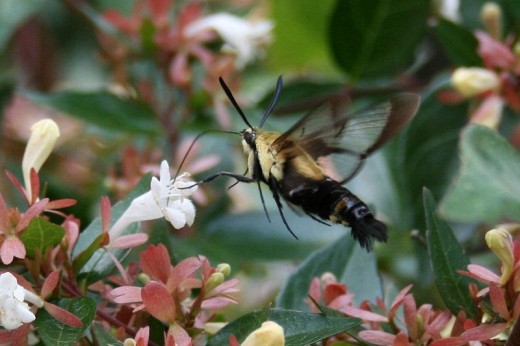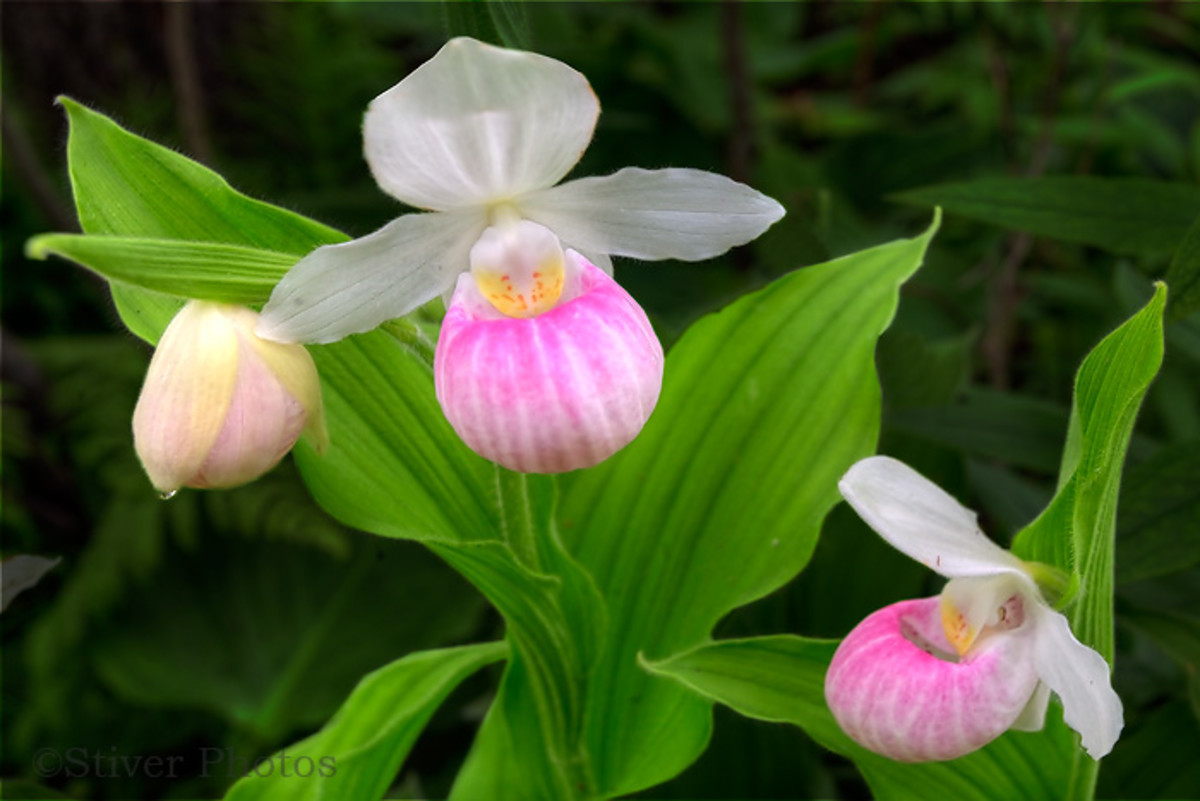The Story of the Flower Abelia



A flower named after Dr. Clarke Abel
The Abelia is a genus of shrub that consists of both evergreen and decidious species. The evergreen Abelia are found in warmer environments and the decidous ones are found in colder environments. Species of Abelia are native to China, Mexico, Central Asia, Japan, Korea, and the Himalayas.
The Abelia is a very popular garden plant. The most popular variety is the deciduous hybrid Glossy Abelia (Abelia x grandiflora) which was first raised in Italy in 1886. It is a mix of the Abelia chinensis native to China and Abelia uniflora. Its leaves are ovate, glossy, and dark green. Its flower is bell-shaped and white with a tinge of pink.
The flower is named in honor of Dr. Clarke Abel. He traveled with Lord Amherst in a calamitous trip to China in 1817. At the time, the British were only allowed to collect flowers on the island of Macao which was controlled by the Portuguese. There was heavy tension between Britain and China over perceived British arrogance and over British involvement with opium being brought to China.
Lord Amherst came to China with the goal of improving relations. On arriving to visit the Chinese Emperor. Lord Amherst was told that he would need to bow down before the emperor. Amherst refused. Because of this, the entire group was sent back to England and China refused to accept another visit by the Briitish until the 1842 Treaty of Nanking.
Dr. Abel had taken the opportunity to collect different plant species that he had encountered. Unfortunately, on the return journey, their ship was severely damaged and had to be abandoned. Later, the survivors were attacked by Malaysian pirates. Luckily, Abel managed to get a very small amount of the Abelia chinensis plants to England. He would later write a book about the experience: Narrative of a Journey in the Interior of China which was published in 1818.
References
- Diana Wells, 100 Flowers and How They Got Their Names, Algonquin Books of Chapel Hill, 1997.
- "Abelia", Wikipedia.org
- "Clarke Abel", Wikpedia.org






